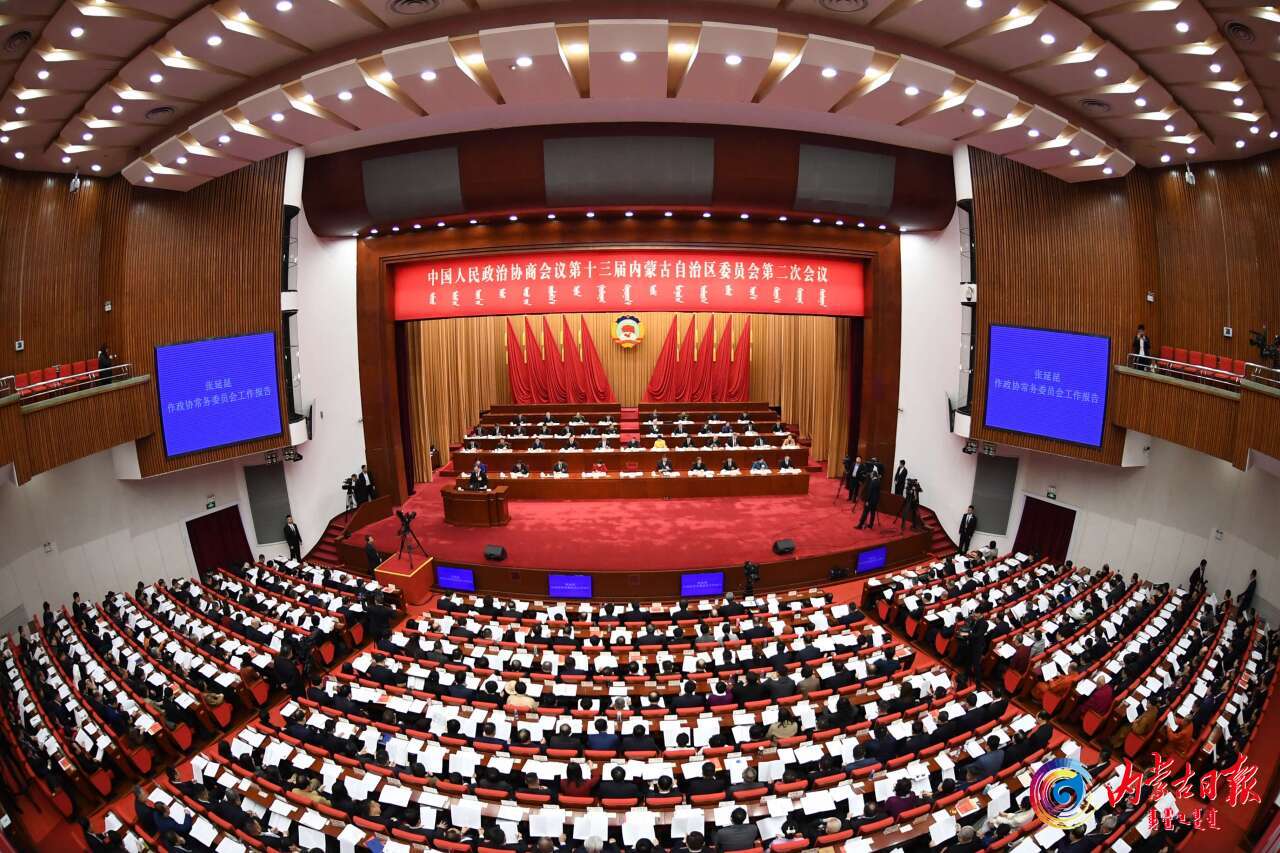Inner Mongolia works to improve local environment
North China's Inner Mongolia autonomous region has been working to improve the health of the environment in the country's north.
Inner Mongolia covers a total area of 1.18 million square kilometers and is home to the Greater Hinggan Mountains, Yinshan Mountains and Helan Mountains.
The region is rich in grasslands, forests, wetlands, deserts, rivers and lakes, making it the largest and most diverse ecosystem in the country.
However, the natural environment in Inner Mongolia is extremely fragile, and desertified and sandy land areas account for 23.3 percent and 23.7 percent of the total in the country, respectively.
Meanwhile, long-term development has also greatly damaged the environment, and environmental protection has a long way to go.
Since 2012, strong efforts have been made by Inner Mongolia to achieve green transformation and improve ecosystems.
Over the past ten years, Inner Mongolia has cultivated a total of 122 million mu (8.13 hectares) of forests and 286 million mu of grassland in total.
During the same period, more than 12 million mu of desertified lands in Inner Mongolia were treated annually.
The grassland vegetation coverage and forest coverage rate in the region have increased from 40.3 percent and 20.8 percent to 45 percent and 23 percent, respectively.
The areas of desertified and sandy land in the region have continued to decrease, and the number of days with sandstorms decreased from 4.9 days to 0.6 days per year.
In recent years, 404 million mu of grassland in the region were recuperated through grazing prohibitions every year, and 616 million mu of grassland were utilized through the balance of grass and livestock, benefiting more than 1.4 million farmers and herdsmen.



 Print
Print Mail
Mail





